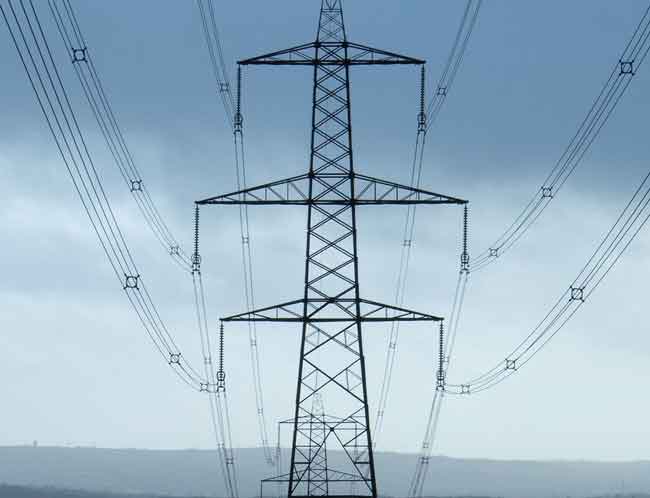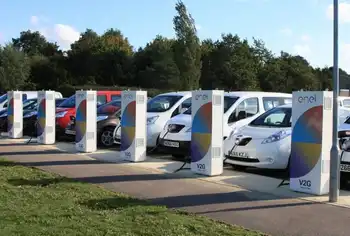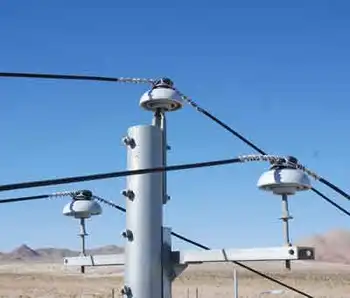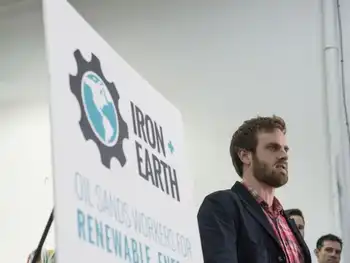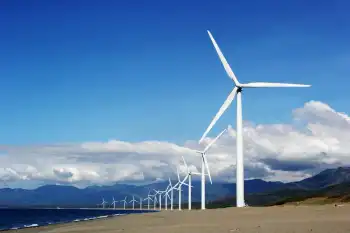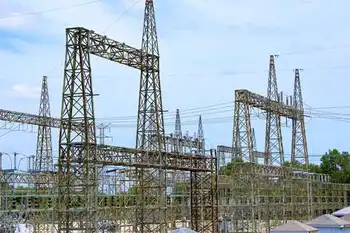Put Ontario Hydro together again
By Toronto Star
NFPA 70e Training - Arc Flash
Our customized live online or in‑person group training can be delivered to your staff at your location.

- Live Online
- 6 hours Instructor-led
- Group Training Available
Ontario Hydro was broken up into various bits and pieces in 1998 by the Conservative government of the day under Mike Harris. At the time, nobody rushed to the barricades to defend the Crown corporation, which had done battle with governments of all stripes and was widely seen as an out-of-control behemoth.
But at least it kept Ontario's lights on.
Back in 1998, the Harrisite neo-conservatives believed the marketplace would do that – and do it more cheaply and efficiently than the old Ontario Hydro. For the neo-cons, breaking up Ontario Hydro was merely a preface to privatization and deregulation of electricity in the province.
But when Ernie Eves replaced Harris in the premier's office, he scrapped both the privatization and deregulation plans.
And today, no political party in the Legislature favours either privatization or deregulation (although both moves are still supported by neo-con cranks, some of whom, interestingly, are employed by government agencies).
What have we got instead? Some would say the worst of both worlds.
Energy Minister Dwight Duncan never tires of telling audiences that the electricity system the Liberals inherited from the Conservatives was "a complete mess." But the Liberal solution to the problem has been to add on more bureaucracy.
To do the work that Ontario Hydro once did all by itself, we now have under the government umbrella:
- Ontario Power Generation. It produces most of the province's power.
- Hydro One. It operates the transmission lines that distribute the power to industries and municipalities across the province.
- Ontario Power Authority. It plans for new electricity supply and contracts with generating companies to provide it.
- Conservation Bureau. Part of the power authority but quasi-independent, the bureau promotes and initiates demand management programs.
- Independent Electricity System Operator. It oversees the reliability of the system and ensures enough power is available to meet demand, through importation if necessary.
- Ontario Electricity Financial Corp. It manages the "stranded debt" from the old Ontario Hydro.
- Ontario Energy Board. Previously toothless, it has been given expanded power to regulate electricity rates and approve expansion plans.
Together, these agencies are costing hundreds of millions more than Ontario Hydro alone used to spend.
And a sort of bureaucratic paralysis has set in. Yes, some 3,000 megawatts of new power have been introduced since the Liberals took office in 2003, but most of that comes from the refurbishing of mothballed reactors at existing nuclear plants.
Meanwhile, an ambitious expansion plan is in a sort of limbo.
The plan – including the construction of new nuclear plants – was published by the Ontario Power Authority back in December 2005.
The government studied that plan for six months before ordering changes, including less reliance on nuclear power and more on conservation.
The power authority has since been consulting various experts and interests and reworking its plan before taking it to the Ontario Energy Board for hearings. Those hearings aren't expected to begin until the spring and could take up to a year to conclude.
In the old days, Ontario Hydro would have just done it.
The government is clearly becoming impatient with the bureaucratic delays. That was evident earlier this week as Duncan set up a review panel, headed by former Molson Inc. CEO James Arnett.
Media coverage of the panel focused on its mandate to review the pay of senior executives at the various and sundry agencies. While politically sexy, that is a relatively trivial matter.
A potentially more significant part of the panel's mandate is a review of the multiplicity of agencies in the electricity field.
"We have asked the panel to search for any areas of overlap, (and) duplication among these agencies that could be streamlined to save costs for ratepayers," said Duncan in announcing the review.
He was not, however, prepared to go as far as rethinking the break-up of the old Ontario Hydro. "That's not even on the table here," said Duncan, adding that it would be "very debilitating and time-consuming" to try to put Ontario Hydro back together again.
Nor are the other parties any more inclined to consider this option.
"From what I've heard so far, I don't know that that's the appropriate route to follow," said Conservative Leader John Tory in an interview.
"I don't think that's the issue that confronts and concerns the working people of Ontario," echoed NDP Leader Howard Hampton.
Pity, because scrapping the alphabet soup of agencies we have now and putting Ontario Hydro back together again would be a worthy issue for debate in the coming provincial election campaign.





